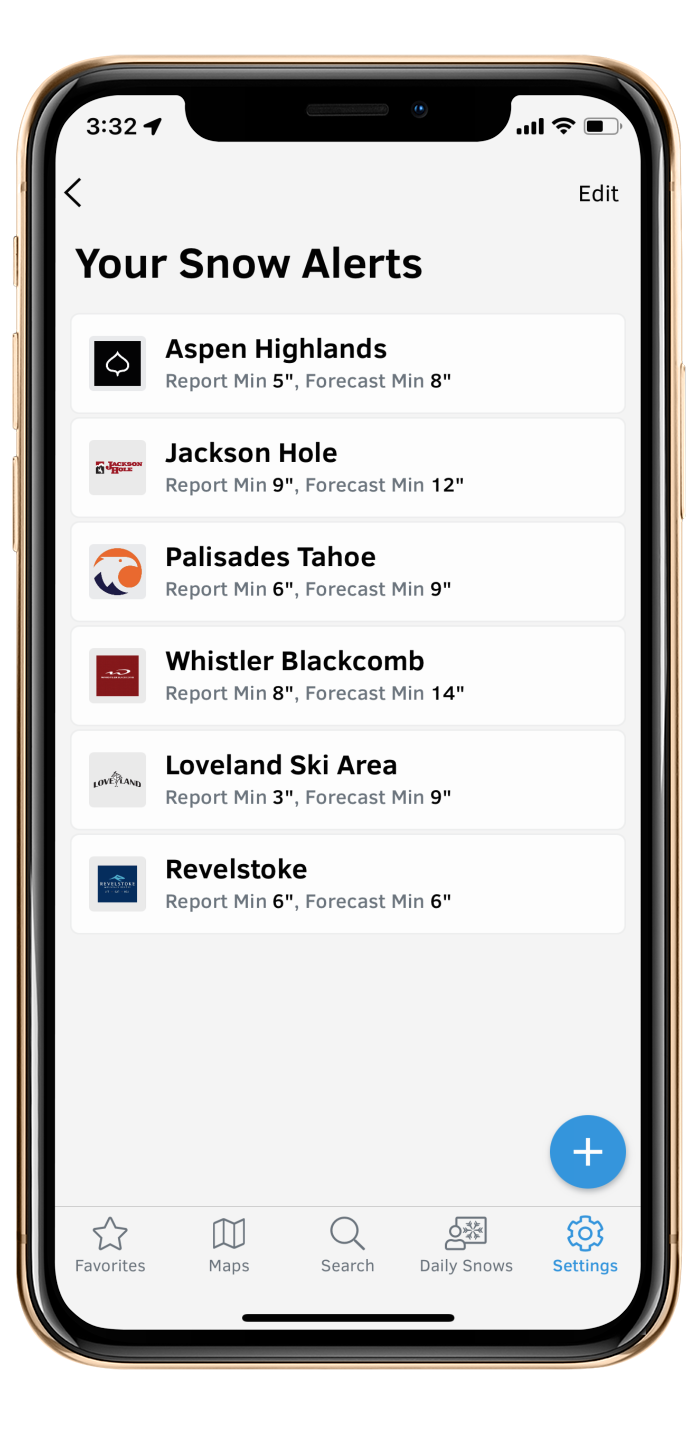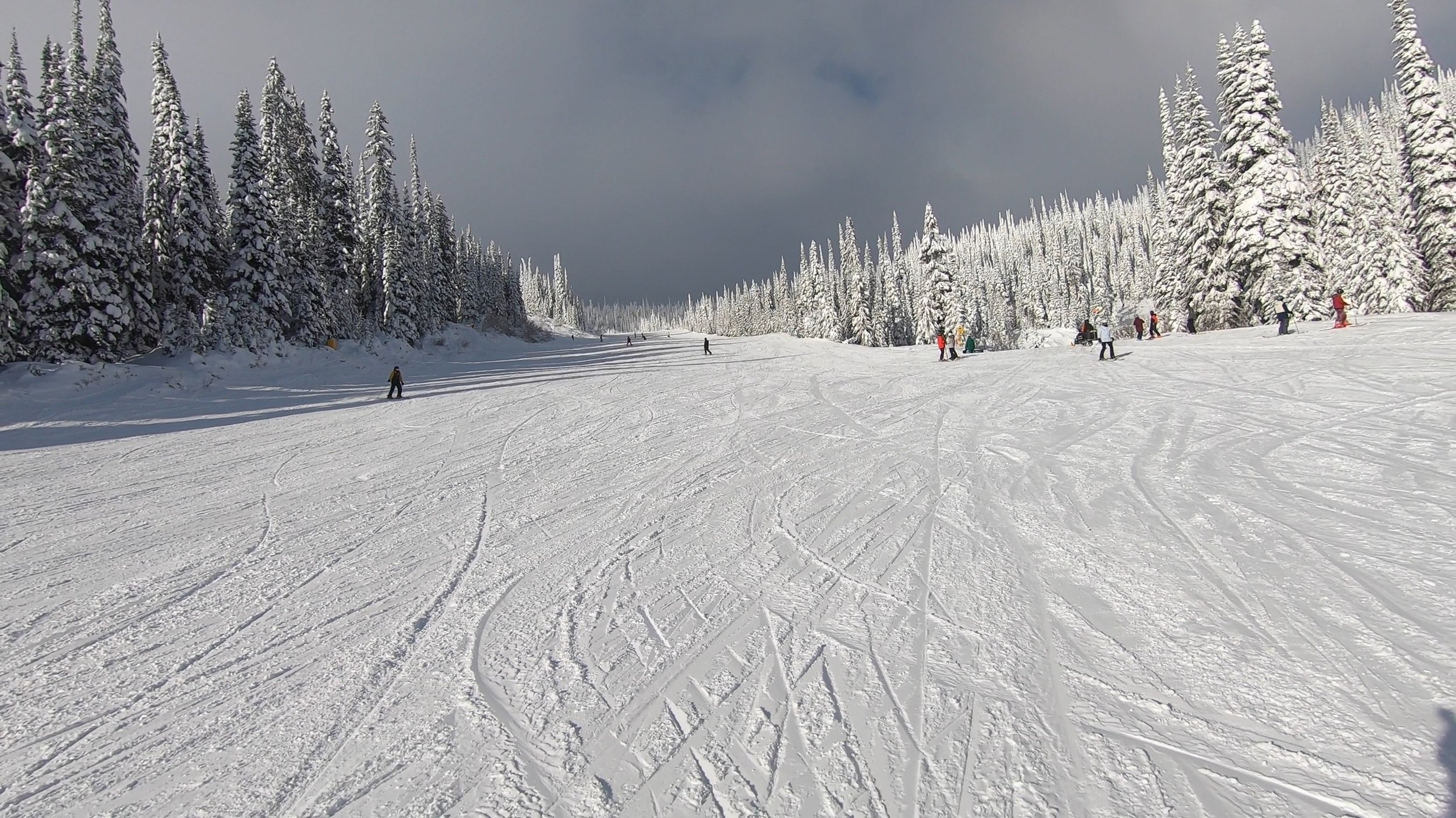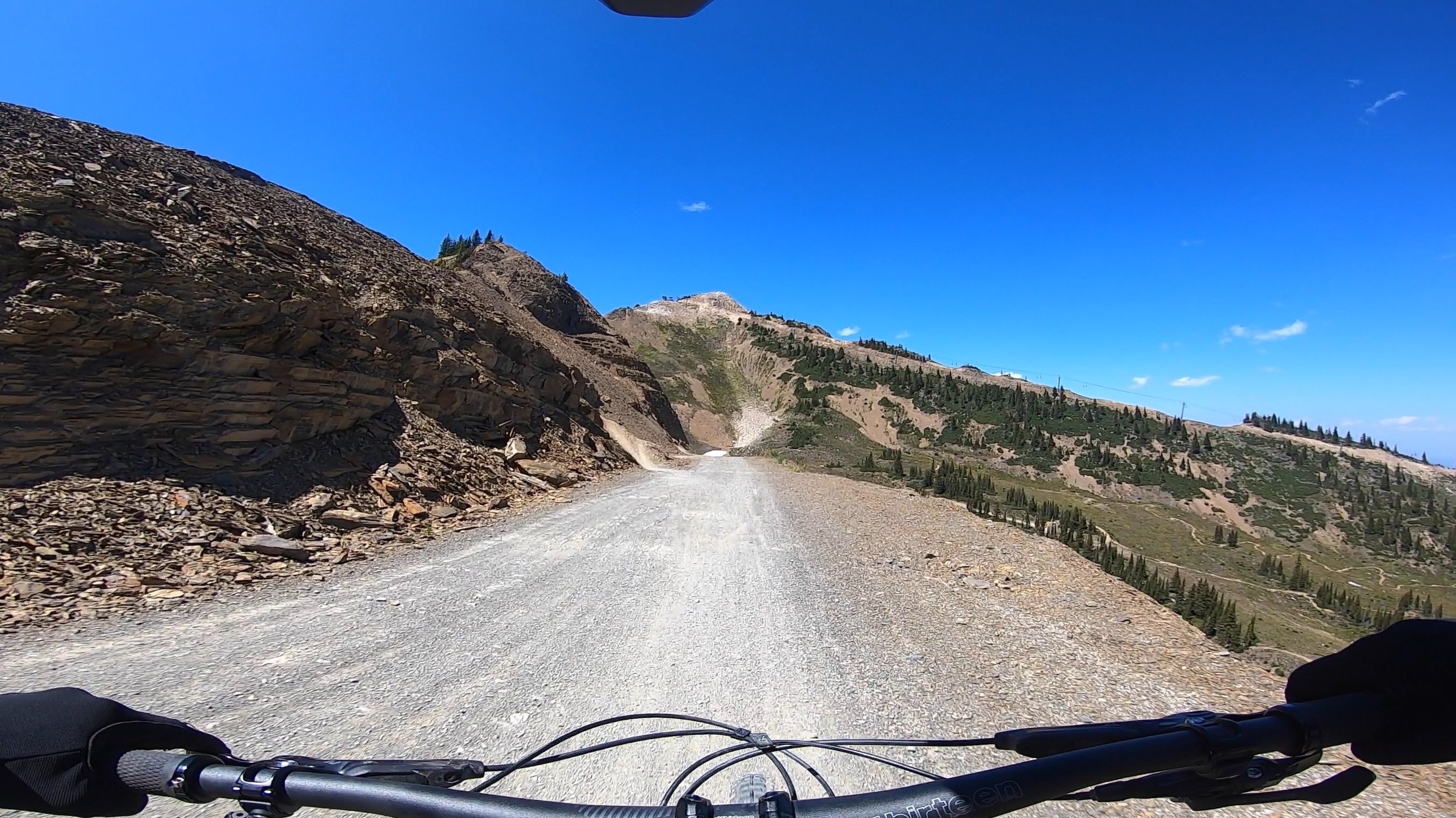Ski App Review: OpenSnow
If you’re an experienced skier or rider, there’s essentially nothing better than an epic powder day. But even at the most renowned resorts for high-quality accumulation, it’s not always easy to know whether you’ll boom or bust with snow conditions. That’s where we meet OpenSnow, a prominent snow and weather forecasting service that’s targeted towards snow and outdoor sports enthusiasts.
OpenSnow comes with a range of features designed to help you chase the best winter storms, but is it worth using—and if so, should you splurge and pay for it?
In this piece, we’ll cover how OpenSnow works, the different access tiers, and who the service is for.
What is OpenSnow?
So let’s start with the obvious question: what even is OpenSnow in the first place? Well, OpenSnow is first and foremost a forecasting system, and a highly specialized one at that.
The service is backed by a team of meteorologists who specialize in mountain weather patterns, allowing users to receive up-to-the-minute information on snowfall, temperature, wind speed, and more. Since all of the forecasting work is done in-house, OpenSnow is able to provide much more specialized stats than your typical weather forecasting service. And these stats are pretty impressively accurate—through our use of the service, we’ve been able to reliably book last-minute powder days across mountains such as Steamboat, Alta, Snowbird, and Loveland, among others—and that’s just in this past season.
When it comes to on-mountain weather predictions, OpenSnow is the most precise tool we’ve tried.
OpenSnow provides highly specialized snow forecasts for ski resorts across the U.S., Canada, and more.
What types of OpenSnow access tiers are there?
OpenSnow comes in two tiers of access: a base-level free tier, and a paid tier, marketed as OpenSnow All-Access.
OpenSnow Free Tier
The free tier is fairly limited in terms of features, but it still comes with email forecast updates, typically at least weekly during the core winter season, and access to a small selection of snow and weather predictions. Notably, the free tier also comes with access to avalanche forecasts—a very practical safety tool for those looking to venture into the backcountry.
OpenSnow All-Access
The All-Access tier is much more substantial than the free tier. It comes with access to both hourly and daily forecasts to every lift-served ski resort in North America as well as a strong selection of popular backcountry areas. All-Access also includes some slick UI tools to help you compare snow and weather across different mountains. You can also set up your account to get alerted when a resort is scheduled or reported to receive over a certain amount of snowfall. And if you want to see how a resort’s weather has been over the past few days, OpenSnow All-Access also provides up to 10 days of historical snowfall history, including snow line and weather data, for every mountain it covers.
All-Access comes in two subscription types: an individual membership providing unlimited access to 1 person for $29.99 per year, and a single membership providing unlimited access to up to 4 people for $39.99 per year.
Can you still sign up for both OpenSnow access tiers?
OpenSnow no longer provides a direct way to sign up for its free tier; instead, you need to start out in the All-Access tier. However, OpenSnow All-Access comes with a 14-day free trial, and if you don’t want the full service after that initial period, you can downgrade to the unpaid option. OpenSnow does not require a credit card to sign up, so if you don’t want to pay for OpenSnow, you can just sign up for All-Access and automatically move to the free version after the trial is over.
The OpenSnow free tier comes with avalanche danger ratings for U.S. and Canada backcountry regions.
Benefits of OpenSnow Free Tier
So should you sign up for OpenSnow? Well, there really isn’t much downside to getting the free option, which we’ve found is mainly useful for their email forecasts that tend to highlight major storm events in popular regions. However, it’s important to note the snow event dates in these emails, as sometimes they’re forecasts, and other times, they’re historical reports.
The free tier is also great if you want to get a general understanding of avalanche dangers across certain backcountry regions, although the service currently only works in the United States and Canada. The free tier makes sense if you want to understand general snowfall trends in the ski world, but if you want to dive deeper into the reports for each mountain mentioned in these emails—or if you want to see if these forecasts have changed since the email due to updated weather information—it may not be sufficient enough.
Benefits of OpenSnow All-Access
On the other hand, if you’re looking for the tools to score your next powder day, OpenSnow All-Access pretty much has it all. The up-to-date snowfall, temperature, wind, and precipitation line data means there’s little need to use any other service to find weather information for your upcoming ski trip.
OpenSnow All-Access is especially great for booking unexpected powder days. Since the service updates their forecasts on a near-real-time basis, the savviest followers can keep track of changes to weather predictions if a major snow event materializes with little notice or a rain prediction abruptly shifts to snowfall instead.
OpenSnow All Access comes with access to all the tools you need to score your next powder day, including snow alerts, detailed forecasts, and snowpack analyses.
Who isn’t OpenSnow for?
So why wouldn’t you get OpenSnow? Well, the All-Access tier isn’t for everyone.
While some people will find great value in this annual subscription service, OpenSnow All-Access may just not be worth the cost if chasing the biggest powder events isn’t your priority. If you’re newer to snow sports or primarily ski or ride groomers, you may not need the best powder conditions to enjoy your ski trip.
In addition, OpenSnow may not be the most practical tool if you’re planning your ski trip months in advance and don’t have any near-term flexibility on where to ski or ride. It’s really tough to predict weather conditions if you book more than a few weeks before your trip, and while OpenSnow does provide access to historical daily snowfall data for every resort it covers, relatively comparable information—while not quite as granular—can generally be found across free services as well. We will caveat that if the resort is big enough, OpenSnow can be useful for figuring out which parts of the mountain got the most snow, but at many mountains, it’s easy enough to figure this out on your own.
Finally, while this isn’t a dig against the app itself, OpenSnow’s practicality may be limited during peak weekends and holidays. If a resort sees a massive snow event amidst a busy visitation period, the high snowfall numbers may be met with large crowds. And if you’re looking to make the most of the fresh snow during these times, you’ll have to make it out the slopes quickly—even after multi-foot accumulation totals, the high volume of visitors means the powder can get skied out after only a few runs.
If you primarily ski or ride groomers, OpenSnow may not be the most useful tool for you.
Can you use OpenSnow outside the winter months?
Even if you’re not a powder-savvy skier or rider, it’s also worth noting that OpenSnow does have some benefits that extend well beyond the ski season as well. The app includes an off-season service that produces weather, precipitation, wind, and smoke forecasts through the spring, summer, and fall too.
This warm-weather-oriented service used to be its own thing called OpenSummit, but as of this year, it’s been fully integrated into the OpenSnow app itself. As a result, if you’re looking for practical weather information for a warm-weather hike, climb, or bike ride—especially in remote areas that may not be precisely covered by your default weather app—OpenSnow can be a valuable partner for that.
OpenSnow can also be a valuable weather partner for summer activities such as hiking and mountain biking.
Final Thoughts
So while OpenSnow isn’t for people who plan their ski trips months in advance and may not be worth it for those who don’t prioritize fresh snowfall, the service is a powerful resource for those who have the flexibility to storm chase and book trips with a week’s notice or less—or have easy access to multiple different mountains on their next vacation. While the service’s popularity means that you’ll probably be joined by thousands of other powder seekers after major storms at certain resorts, this won’t be as much of the case at more off-the-beaten path mountains or if you’re optimizing for multi-day trips.
So should you shell out the bucks for OpenSnow’s paid tier? Well, if you want to know what specific mountains to visit for the best storm events and want to plan for safe travel conditions, OpenSnow All-Access provides those palpable benefits—and the service’s cost is really just a drop in the bucket compared to the costs of resort access, equipment, and last-minute travel, especially if you get the group plan. And if you’re into outdoor activities during the summer, the precise weather tools carry over to that season as well.
If you’re not sure whether the premium tier is right for you, you can always sign up for the 14-day free trial and downgrade if it’s not a fit. If you want to try it out, we’ve included a link to sign up for OpenSnow here.







